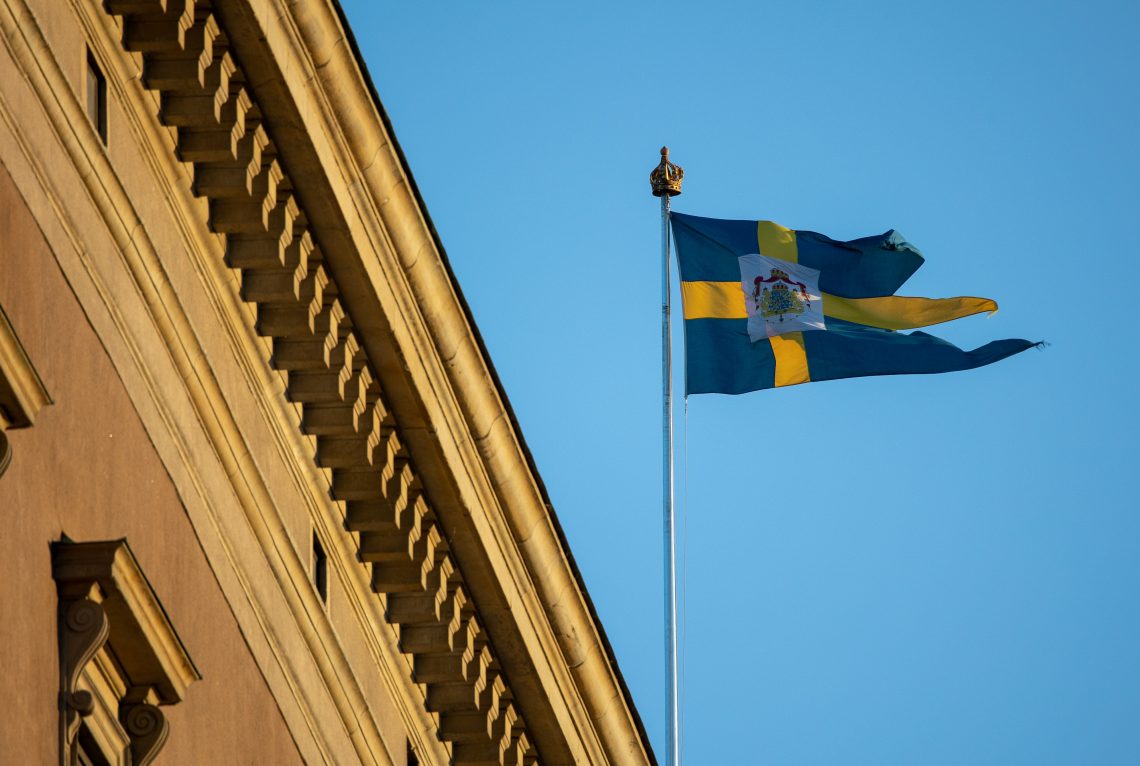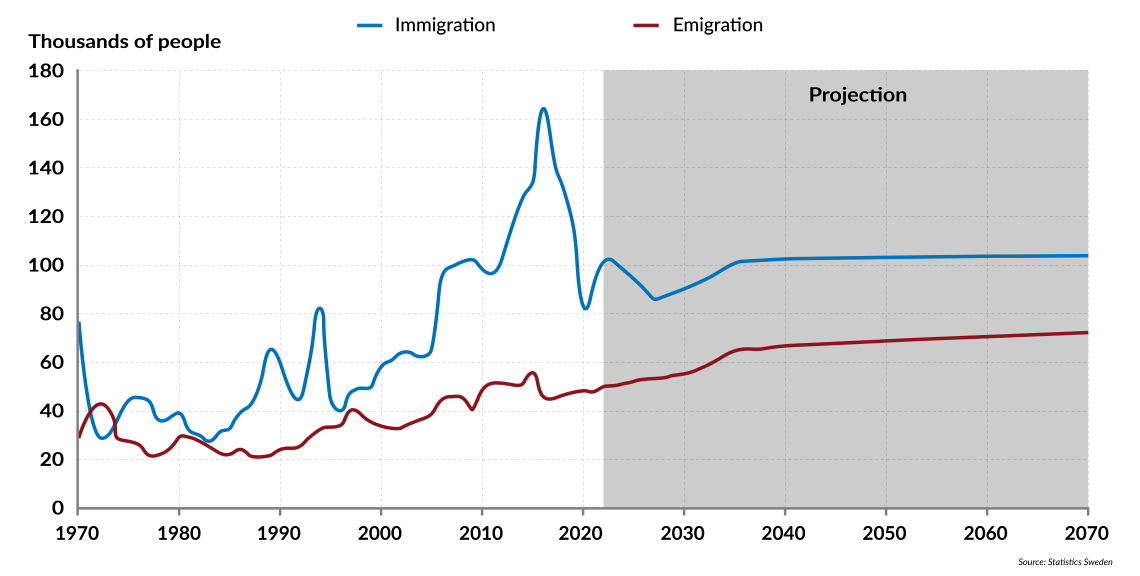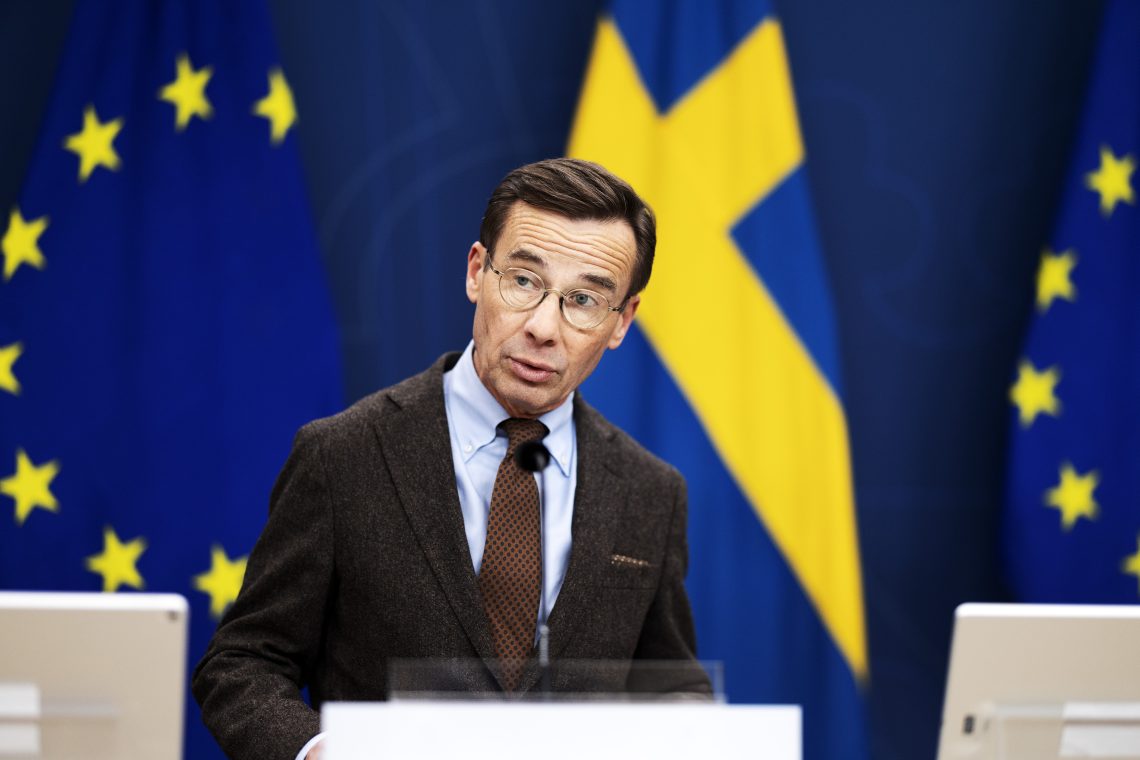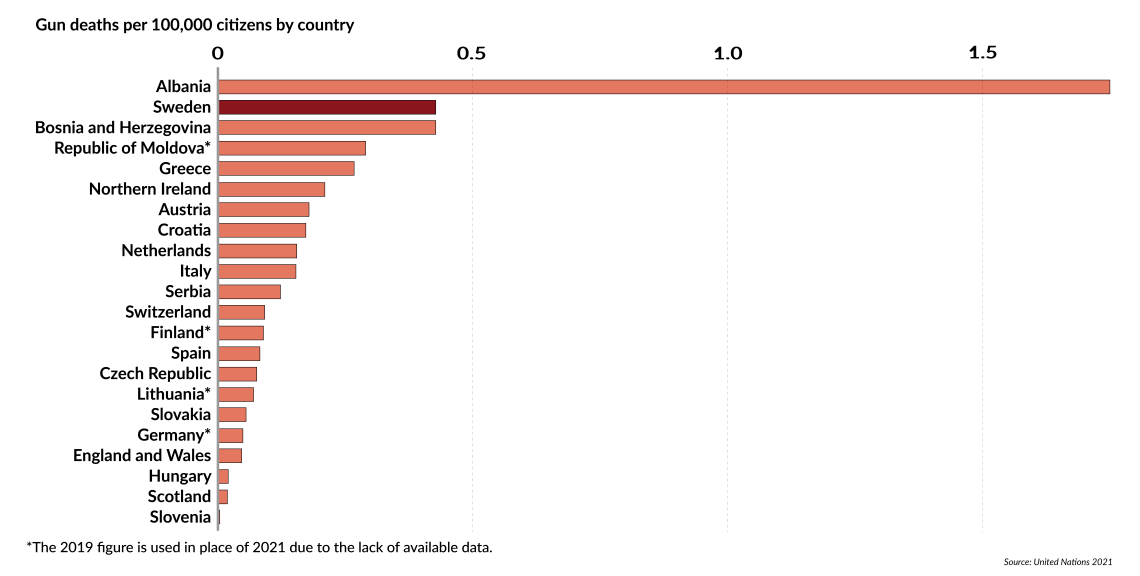Sweden looks into the abyss
The Scandinavian nation of 10.6 million people is facing a national crisis because of its failure to successfully integrate record numbers of immigrants.

In a nutshell
- Sweden’s reputation has fallen from welfare-state model to warning example
- Foreign-born citizens now account for 20 percent of the nation’s population
- Officials are perplexed by crime, economic threats, deteriorating education
There was a time when Sweden was looked upon by American liberals as an inspirational example of the Scandinavian welfare state. Although Europeans were less impressed, even the country’s immediate neighbors tended to, grudgingly, accept Sweden as a senior brother.
After staying out of World War II, Sweden had evolved into a high-performing export-oriented economy, based on a stable parliamentary democracy and social consensus. The country had top-notch health care and education. It enjoyed social and gender equality, had low crime rates and little ethnic conflict. While grounds remain for optimism about some of these indicators, especially in the industrial sector, most have been transformed beyond recognition.
Present-day Sweden carries the dubious distinction of having the highest rate of gangland killings in Europe. It boasts the lowest average age of serious offenders, with children in their low teens being arrested for murder. Increasing segments of suburbs are officially classified as “especially vulnerable areas,” where it is “hard, bordering on impossible” for the police to operate. In layman’s terms, these are no-go zones, where local clans rule and where first responders will not enter without flak jackets and police escort.
An early warning was provided in 2017 when United States President Donald Trump made a quip about rioting in Sweden: “You look at what’s happening last night in Sweden. Sweden, who would believe this!” Who indeed? At the time, such comments were met with disdain and ridicule. Today, it is not so funny anymore.
Sweden has transitioned from being a model of inspiration to becoming a warning example. As gangland violence is spreading across borders, its Scandinavian neighbors experience growing fears of ending up in what is known in Denmark as the “Swedish condition.”
Defying an old taboo, the Swedish government has called on the military to assist the police. It has even come to the point where the governor of the Bank of Sweden, Erik Thedeen, tells the Financial Times that the growing problem of shootings and bombings is so serious that it risks damaging the country’s long-term economic growth. Given the negative impact that a statement of this kind will have on markets, it is not to be taken lightly. Central bank governors weigh their words very carefully.
Read more on Sweden by Stefan Hedlund
Swedes may sink their own NATO bid
Is Sweden beginning to turn sour on immigration?
Sweden’s Covid-19 response deepens Nordic disharmony
Economic and educational fallout on the rise
While the deterioration in physical security is causing Swedish nationals with entrepreneurial skills to leave the country, it is also becoming increasingly difficult for industry to recruit high-level talent from abroad. These problems are amplified by a deterioration in the quality of education that has resulted from increasing ethnic disorder and outright violence in schools. In the Organisation for Economic Co-operation and Development’s Programme for International Student Assessment rankings of students, Sweden is trending down.
For a knowledge-based country, this is serious indeed, and the central bank is far from alone in raising the alarm. Warning bells have been sounding with increasing intensity for some time, and the political sphere has finally begun to shed its long-standing denial. The problem is that few if any seem to know what can be done.
The main cause of the crisis is a combination of an open-door migration policy with no accompanying policy to help the newcomers integrate. The consequence has been the emergence of neighborhoods where almost all residents are immigrants, where unemployment rates are very high and where the children of immigrants go to schools where no other children, often not even teachers, are proficient in Swedish. This has served as an incubator for crime, as gangs take over where society fails.
Facts & figures
A flood of immigrants into Sweden

Politicians take notice
Having been long in denial, even the Social Democrats have now released a report of their own, recognizing that two decades of excessive immigration and failed integration have produced a national crisis.
According to official statistics, the number of foreign-born residents in Sweden has increased dramatically over the past two decades. Out of a population of 10.61 million in 2022, a total of 2.14 million were registered as foreign-born, more than double the number in 2000. That comes to just over 20 percent. If a broader definition is used, to include those who are born in Sweden with two foreign-born parents, the number rises to 26 percent.
Even if the government were to close the door completely on further immigration – which is clearly not going to happen – the share of foreign-born residents will likely still increase, for demographic reasons. As the foreign-born population has a lower average age than the indigenous population, it is bound to have a higher rate of growth, even without factoring in cultural preferences for the number of children per woman. Among residents aged 25-34 years, one-third presently has a foreign background, and among those aged 35-44 years, it is 38 percent.
Not all migrants are the same
At a casual glance, these numbers need not be taken as evidence of a dark future ahead. Those who take a positive view of migrants and asylum-seekers are right in pointing out that Sweden has a long history of successful immigration. The problem with this argument is that it refuses to accept that all migrants are not the same.
The Swedish government has recently commissioned a study of the costs and benefits of migration, to be broken down by countries of origin. It is expected to highlight the current challenge: the task of integrating large numbers of illiterate adults with many children. Previous immigration waves amounted to accepting people from culturally similar countries who move straight into gainful employment.
The reason why the problem has been allowed to get out of control is that so many representatives of the media and of the political establishment have for so long been cocooned in naive views of criminal dangers, leading to extremely lax legislation and enforcement, and of dangerous strains of Islamism, leading to a profound inability to scale up defenses against the current wave of radicalization. Those chickens are now coming home to roost.

Shifting religious makeup leads to new demands
The heavy influx of migrants from countries with Muslim populations could lead to a situation in which Sweden elects a radical Islamist party to parliament, potentially as early as the 2026 election. (The Swedish name of the party is “Nyans,” which translates, interestingly, into “Nuance.”) While virtually all Swedes were Christians from the 12th to the early 20th centuries, that share has fallen to less than 60 percent today. It is not inconceivable that Sweden will have a majority Muslim population sometime this century. The trend is bound to energize Islamist circles that are calling for a divided legal system, where Sharia law applies for Muslim citizens.
The key question is whether the rule of law will prevail against forces that are intent on creating a parallel society that is ruled by gangs and clans and infused with the values of radical Islam.
In his comments to the Financial Times, Mr. Thedeen notes that one of the greatest Swedish assets during the good years was a strong element of trust, both between people and to the authorities. He is now concerned that this “could be challenged” if gang violence is not dealt with properly.
Getting tough on crime is not enough
An optimistic scenario departs from the fact that the non-socialist coalition government that came to power after the September 2022 election is busy creating legislation to tackle the crisis. In the words of Justice Minister Gunnar Strommer, the ambition is to achieve a “systemic change,” where a long-standing focus on rehabilitating perpetrators is replaced by a clear focus on victims.
The legislative agenda is built on inspiration from Denmark. It features much longer sentences for serious crimes, double penalties for gang members and special prisons for young offenders. It offers new tools for law enforcement, ranging from rights to electronic surveillance of gang members even before crimes are committed, to the introduction of visitation zones where police may stop and search even in the absence of suspicions of violations. And it includes a substantial boost in the creation of prisons to house convicted felons, including plans to rent space abroad.
While the government is strongly committed to realizing this agenda, it may not succeed. Denmark has been so successful because it started before the problems had gotten out of hand. In Sweden, the government has not only started late but also shied away from adopting the Danish example in its entirety.
Doing so would require the dispersal of migrants to different regions and the requirement that children of migrants learn the local language and values, as in Denmark. The reason why this is not being considered in Sweden is that the existing agenda is already viewed as so radical that the outcome in the next general election is impossible to predict.
The essence of a pessimistic scenario is that the electorate may fail to live up to the fundamental principle once established by Immanuel Kant: whoever wills the end also wills the means. For the time being there is strong popular support for something to be done. But once viewers get inured to images of innocent bystanders being killed by children wielding assault rifles in public spaces, then leftist legacies from the past will come to the fore, undermining law enforcement.
Facts & figures
Sweden’s epidemic of gun violence

A polarized public debate shows the fracturing of society
The Swedish public debate has already become polarized to a frightening extent, with accusations of racism and fascism polluting the public space. The flames are being fanned from a variety of quarters, from Russian trolls and radical Islamist circles to left-leaning public service media. Surfing on a rising wave of outrage against the government, the opposition has gained a massive lead in the polls.
This is not to say that the game is over. The next election is in September 2024, by which time the government may be able to show inspiring results. Having been in power during 2014-2022, when the problems spiraled out of hand, the Social Democrats feel that they are in a tough spot. The remedy sought is a daring chameleon act, pretending to have always been tough on crime and in favor of strict rules on migration. While this may be successful in some quarters, it still leaves the fact that the left and the greens will be very difficult to dragoon into this act, and without their support, no government on the left can be formed.
The Social Democrats are, moreover, reluctant to see the government succeed in resolving the problems, for the simple reason that this would cement a non-socialist government. They are consequently hesitant to cooperate. At the same time, they realize that if the government does fail, then the situation will get so awful that calls for law and order and intervention by the army will become so strong that serious right-wing parties will be swept into government by default.
Looking beyond politics, the core of the problem is the uncertainty that legislation and law enforcement alone can be effective against the deepening chasm in societal norms and values. If that divide cannot be bridged, and few if any seem to know how that may be done, then the best that can be hoped for is that increasingly draconian law enforcement could curb the worst problems, as the country gets used to living with a parallel society that is ruled by gangs and radical Islamists. There are ample reasons for the neighbors to be concerned.
For industry-specific scenarios and bespoke geopolitical intelligence, contact us and we will provide you with more information about our advisory services.








